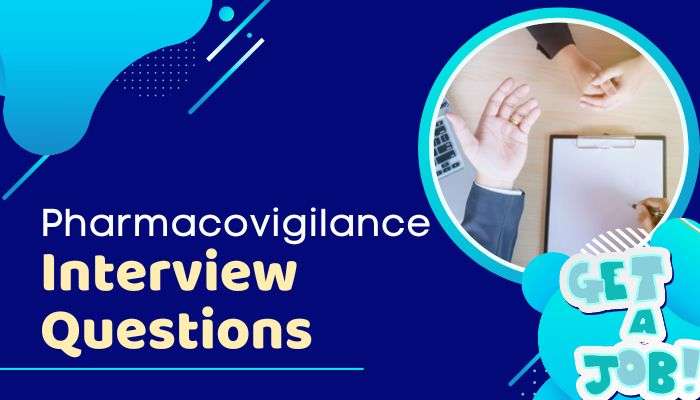The Future of Pharmacovigilance: Key Trends and Technologies Changing Drug Safety
The Future of Drug Safety: What’s Changing in Pharmacovigilance?
Introduction
Pharmacovigilance is the science of checking medicines to make sure they are safe and do what they’re supposed to. It’s super important because it helps keep people safe and boosts trust in medicines. With new medicines being made all the time, pharmacovigilance is more important than ever. In this blog, we’re going to talk about some important trends and cool tech making drug safety better for healthcare professionals and everyone involved in making and regulating medicines.
Key Trends in Pharmacovigilance
1. Looking at Drug Safety Worldwide
– Working Together Globally: More international cooperation among agencies like the FDA, EMA, and WHO is happening. By sharing information and resources, they can make global drug safety better.
– Same Rules Everywhere: Groups like the International Council for Harmonisation are helping countries follow the same safety rules, making medicine safer everywhere.
– Global Supply Chains: Since medicines often come from lots of places, it’s important to keep track of them wherever they are to make sure they stay safe.
2. Putting Patients First
– Patient Involvement: Patients are becoming more involved in reporting their experiences with medicines, helping make the drug safety checks more complete.
– New Tools for Patients: Apps and online tools let patients report problems with their medicines quickly and easily.
– Success Stories: Programs like the FDA’s MedWatch and MHRA’s Yellow Card show how patient input can lead to safer medicine use.
3. Being Proactive About Risks
– Staying Ahead of Problems: Instead of waiting for problems to show up, the goal is to find potential risks early and prevent them.
– Using Data to Predict Issues: With smart data tools, potential problems can be spotted before they turn into bigger ones.
– Real-Time Monitoring: Tools like Electronic Health Records (EHRs) help doctors and pharmacists get instant warnings about drug safety.
New Tech Changing Pharmacovigilance
1. Big Data
– Analyzing Lots of Information: Huge amounts of data from trials, reports, and social media are creating a clearer picture of drug safety.
– Machine Learning: Smart algorithms can quickly identify patterns and risks that humans might miss.
– Data Challenges: Even though there’s a lot of data, making it all work together can be hard because the formats and access rights are different.
2. Artificial Intelligence (AI)
– Automating Safety Processes: AI can help perform routine tasks faster, giving experts more time to focus on solving tough problems.
– Spotting Safety Signals: AI systems can detect safety issues quickly and more accurately than humans can at times.
– AI and Ethics: We must ensure AI use is fair and keeps everyone safe.
3. Blockchain
– Tracking Data: Blockchain keeps drug safety data secure and reliable, preventing tampering.
– Sharing Information Securely: It lets everyone safely share drug information among companies, regulators, and healthcare providers.
– Adoption Challenges: Even with its benefits, blockchain adoption can be tough due to costs and technical barriers.
4. Internet of Things (IoT)
– Monitoring Health with Wearables: Things like smartwatches offer real-time health data that help assess drug safety.
– Predicting Problems: Connected devices can help predict adverse drug reactions, making medicines safer.
– Privacy Concerns: Keeping personal health data safe from unauthorized access is very important.
5. Natural Language Processing (NLP)
– Understanding Medical Texts: NLP can quickly go through scientific texts to find important drug safety information.
– Improving Patient Reports: It improves how patient stories are understood, making safety assessments smarter.
– Real-World Use: NLP is already helping with spotting problems and reviewing consumer feedback.
Challenges and Considerations
Keeping Data Safe: We must ensure personal health information is protected as more data is used.
Following the Rules: As technology changes, keeping up with regulations is necessary.
Balancing Tech and Safety: We must ensure new tech helps and does not harm patients.
Looking to the Future
Healthcare Role in the Future: Professionals need to learn new tools while remembering the importance of caring for patients.
New Innovations Coming: Things like personalized medicine and telemedicine will bring new ways to ensure drug safety.
Long-Term Effects: Better pharmacovigilance means safer and more effective medicines for everyone.
Conclusion
As we look to the future of pharmacovigilance, trends like global cooperation, patient-first strategies, and proactive risk management are shaping new drug safety practices. Cutting-edge technologies like big data, AI, blockchain, IoT, and NLP are driving this change. For healthcare professionals and stakeholders, keeping up with these new trends is key to ensuring patient safety and building trust in the medicine world. Here at Pharmacovigilance Foundations, we champion working together, innovation, and a strong commitment to safety for a healthier tomorrow.
For More Information
– “Understanding Pharmacovigilance: Concepts and Applications” by Patricia Miller
– “The Role of AI in Drug Safety: Perspectives and Challenges” by Vijay Sundram
– World Health Organization: Pharmacovigilance Guidelines
– FDA’s MedWatch Program (Link)
– European Medicines Agency’s Pharmacovigilance Resources (Link)
– Contact Pharmacovigilance Foundations for advice and more information!





